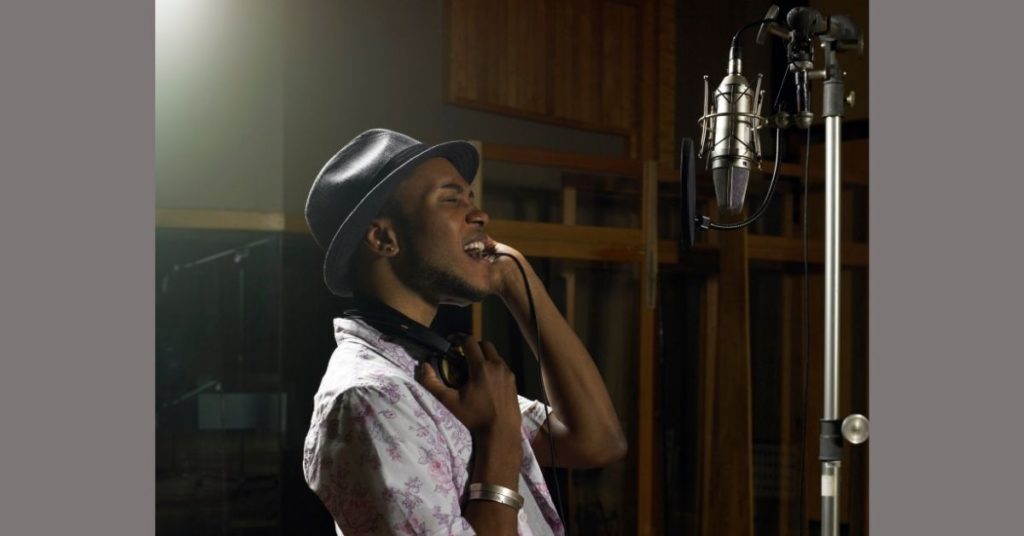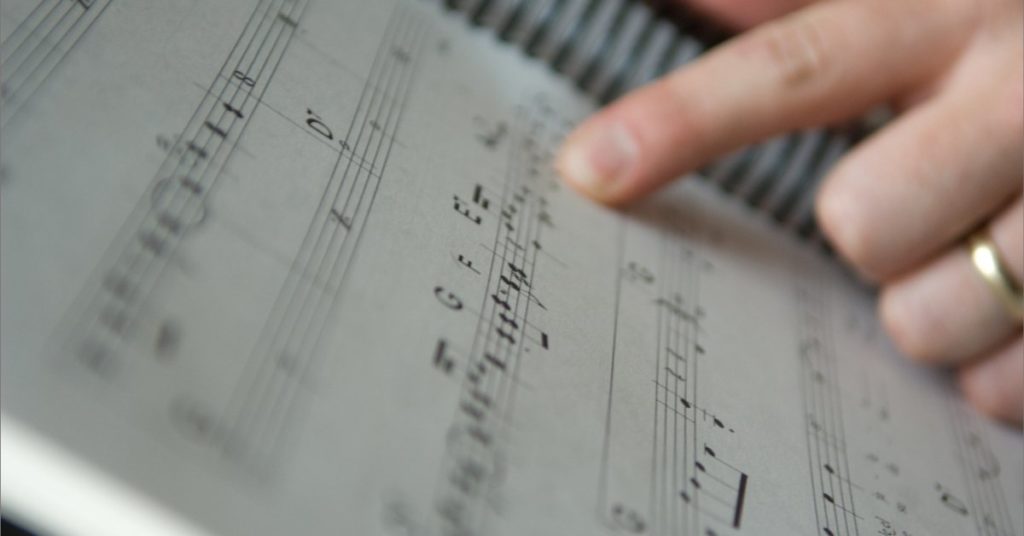Vocal Riffs and Phrasing – The Basics

To develop your own unique vocal style, first, you should imitate. Yes, imitate your favorite singers. By borrowing from a collection of different singers, you will arrive at something that is uniquely you.
Don't try to copy the specific sound of their voice, but rather listen for such things as vocal riffs and phrasing.
Here we will dive into the basics of riffs and how to add this singing technique to your toolbox to enhance your musical expression.
Vocal Riffs
Vocal riffs or licks are where singers add their own embellishments to the melody or vocal lines. You become a composer in a way, adding a series of notes and melody where none existed. These licks can be very simple to very complex.
To learn this vocal skill, start by listening to and imitating successful singers who use more subtle riffs, such as Adele, before tackling more complicated riffs from popular singers such as Mariah Carey and Christina Aguilera.
When learning vocal riffs, slow them down and make sure you can get every note cleanly and accurately before doing them up to speed.
I use software called The Amazing Slow Downer to isolate and make vocal riffs slower and easier to learn.
Next, try adding some of these new riffs in songs you already sing. Experiment with riffs in your favorite songs, and practicing daily riffs can help flexibility of voice.
As you grow as a singer, you will be able to hear the differences between riffs and know when to use these riffs and how not to overdo them. For example, we have all heard singers perform the National Anthem with way too many licks. Good taste is king!
Phrasing

Phrasing is another area of style that singers can make their own. Vocal phrasing refers to how you sing the words in the time or rhythm of a song. Good singers will push forward at certain spots and pull back at others to create musical tension and emotional impact. Frank Sinatra was a master of this.
Remember that the tempo of the music is usually constant, so you need to be able to keep the pulse and rhythmic pattern in mind as you play with the lyrical phrasing. But, on the other hand, you don't want to slow the phrasing so much that you are behind the music.
Push/Pull is a great way to think of it. If you pull back the tempo in one spot, you then want to push forward immediately after in order to land in the right spot musically.
Lyrical phrasing and melodic phrasing usually go hand in hand, but not always. Generally, vocal phrasing is how you use these two elements. For example, a soft love song may have longer smooth melodic phrasing and legato singing with blended onsets, whereas an upbeat dance song may have quicker phrasing and melodic notes and more of a staccato feel in parts of the song. These different lyrical phrases and melodic structure give the songs different music perceptions.
Here is another example: listen to a jazz music standard and then listen to a heavy metal song. What do you notice in the vocal phrases and the melodic phrasing; how do these different musical styles compare, and what elements of the vocal music emote the feel of the songs?
Also, think about body language as a visual example. If you stomp your feet and clench your fists, it gives an impression of anger or emotional intensity. Then slowly spin in a circle with outstretched flowing arms - this gives more of an image or feeling of calmness or smoothness. Our voices can audibly relay the same feelings with phrasing, tone, volume, and note patterns.
Study the Greats

If you want to improve your singing and vocal flexibility, I recommend all singers listen to Eva Cassidy for a perfect example of vocal licks and beautiful phrasing choices. Cassidy recorded older, familiar songs, but she put an incredibly original spin on them vocally, using riffs, lyric phrasing, and interesting melody changes. In fact, if you are a fan of American Idol, you have heard contestants use her vocal arrangements of songs such as “Somewhere Over The Rainbow” and “Imagine” to highlight amazing riff abilities.
By studying all the great professional singers from the past and present, you can learn so much just by critically listening to how they use riffs and phrasing and how the styles of music they sing influence their vocal delivery.
Proper use of vocal riffs and phrasing is what will really make you a singing artist and give you the ability to excite and move your audience throughout an entire song. Combine singing with phrasing with solid vocal technique, and you are well on your way to being a great singer.
Also, working with your vocal coach to help you simplify vocal riffs at first can give you a good foundation to then work towards more difficult vocal runs. Finally, developing an educated approach to phrasing can really enhance your singing skills. These days there are many online voice teacher options and if you are a beginner singer, check out my new book "Beginning Singing" to start your vocal journey today!
If you want to learn more about my books, courses, John's Singing School, and the Contemporary Voice Teacher Academy, please visit johnhenny.com. And if you are interested in online singing lessons, you can reach out to our front desk at [email protected], and we would be happy to answer your questions.